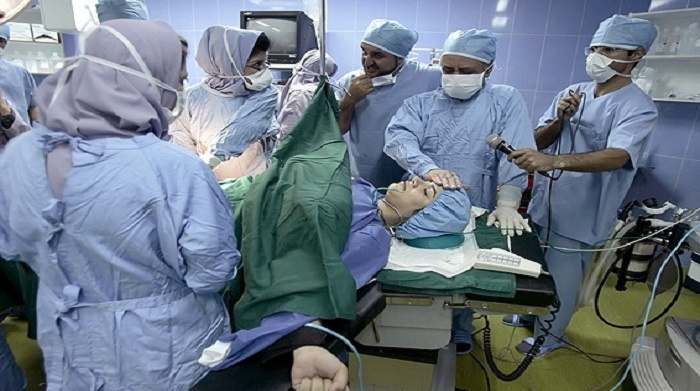Thousands of Iranian Physicians Gone Missing: Official

The chairman of Iran’s Medical Council says about 12 thousand Iranian physicians have not showed up after their graduation in the Council or the Ministry of Health and Medical Education, according to a study conducted a year and half ago.
In an interview published in Shahrvand daily on Saturday, Alireza Zali said 11800 people graduated in different medical fields have disappeared, based on the Iranian Medical Council’s figures. They have either started working in different sectors or migrated. “A number of physicians are also in charge of administrative positions”, he was quoted as saying on the sidelines of a press conference.
Every Iranian goes to the doctor seven or eight times per year. “Per capita visits to family doctors in Iran is 2.2 times a year, far from the figures in developed countries with established referral systems which is 3.5 to 4 times per year,” Zali added.
The latest figures suggest that 30,000 medical tourists enter Iran annually; plus 200,000 health, wellness and spa tourists. The key target market is the Gulf region, taking people who used to go to Europe or troubled local rivals such as Jordan. An increasing number of patients come from Azerbaijan, Turkey, Iraq, Pakistan and even India. Some come as the prices are lower than at home, some come for specialist care, and many come simply because they feel more culturally comfortable in Iran than in Europe or Asia. Iran offers services in ophthalmology, cardiology, kidney transplants, dentistry, urology and general surgery.
However, the medical society in Iran is not immune to the brain drain. According to the latest figures published by Iranian officials, over 150 thousand Iranian elites leave the country each year. Iran is reportedly losing $50 billion annually over the so-called human capital flight from Iran, up from $38 billion in 2009, as reported by the International Monetary Fund, twice the country’s oil revenues. According to official statistics, of the 270,000 university graduates entering the labor market each year, an estimated 75,000 can find jobs. The flight of human capital costs the government over $38 billion annually, two times the revenues received from selling oil. From 2009-13, net emigration from Iran was 300,000, according to the World Bank. The number of Iranians studying in the U.S. increased by 25 percent, to more than 8,700, in the 2012-13 academic year, according to the Institute of International Education. According to a 2012 survey by the Arlington, Va.-based National Science Foundation, 89 percent of Iranian doctoral students remain in the U.S. after graduation—equal to the Chinese and the highest percentage of nationalities surveyed.

